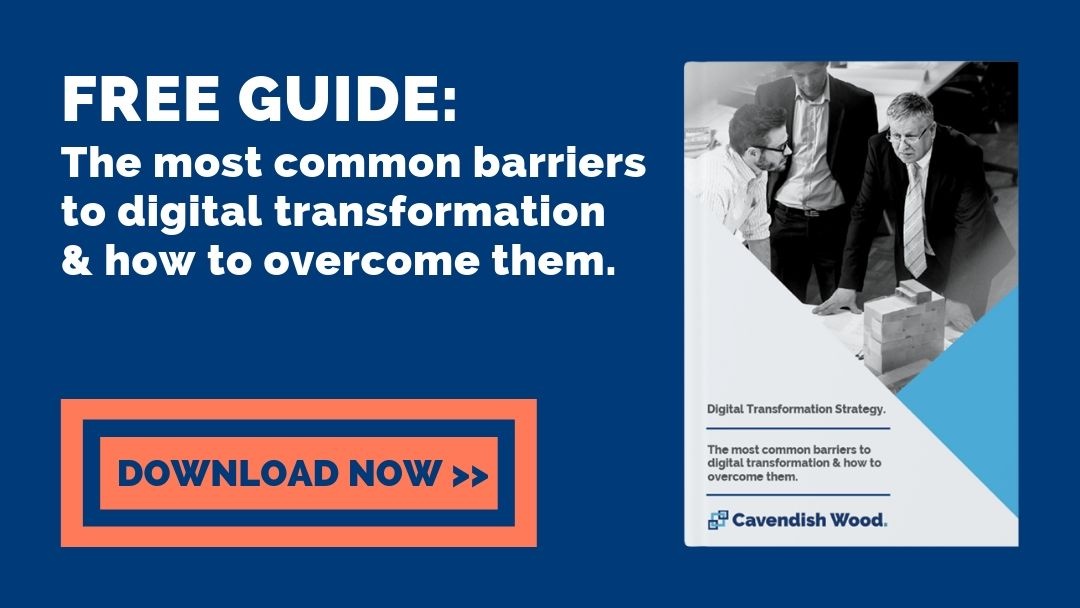
Customer experience (CX) is the way your customer feels when he or she interacts with your brand. CX covers everything from traditional customer service to the digital touchpoints clients use to connect with your company.
As digital devices are used more and more to connect with brands, the need for a good digital customer experience strategy is growing.
Here’s how the digital experience a customer has is different from other types.
Understanding digital customer experience.
The term “digital customer experience” describes the final result of all digital interactions a customer has with your company, and the impression he takes away. It includes what happens at each stage of the customer journey, such as:
Front-end services, for example:
- how well the website worked on different devices,
- the ease of researching the product or service,
- method of placing an order,
- the convenience of making a payment, and
- choosing the method of delivery.
Statistics show a website has 50 milliseconds to make a good enough impression to keep a user on the site. If it takes anything longer than that for them to determine the ease of making a transaction, chances are you’ve lost them already.
Back-end services, which include:
- the speed with which the order was shipped,
- accuracy of the items sent, and whether they lived up to customer expectations,
- the efficiency of the invoicing and administrative processes, and
- the success of any online and offline dealings he had with customer service staff.

The overall customer experience is an important factor in a company’s success these days. Organisations are under pressure to find ways to create emotional connections with their customers through desktop devices and mobile apps. They also need to make suitable digital channels available for customers to provide feedback, and to respond as quickly as possible to any issues that come up.
Hallmarks of a great digital customer experience.
Some of the hallmarks displayed by companies offering amazing customer experiences include the design of customer-centric processes for every action buyers go through in dealing with them. They make sure customers find it simple and convenient to do their transactions.
In companies offering a great customer experience, employees and management value each and every customer highly and the company works hard to offer products and services that respond to customers’ needs.

Successful digital businesses make it a point to know their customers well, and they use digital technology to map the customer journey and personalise clients’ experience from start to finish. When it comes to providing excellent customer service, these companies do whatever it takes to keep clients happy, even if it’s at their own expense in the short term.
How digital transformation is driving customer experience.
Digital transformation is when companies bring digital technology into all the aspects of their operations. This usually causes sweeping changes to the way the company operates and the type of customer experience it provides.
According to a study by PWC Digital, the need to improve customer experience is one of the main reasons most companies decide to develop a digital transformation strategy because research shows it works.
Companies that transform themselves digitally almost always get their customers more engaged. As a result, customers are six times more likely to be open to a new product or service. They are also four times more likely to refer the brand to others, and twice as likely to stick with the brand even if a competitor is offering a lower price.
Using digital technology to manage customer experience.
Digital transformation is disrupting business because it changes the way information travels between companies and users. In 2018, 52.2% of all website traffic worldwide was generated through mobile phones, up from 50.3% in the previous year. The ways in which this disruption is part of the customer experience strategy include:
- The increased speed of change, with new developments going from ground-breaking to “old news” almost overnight.
- The huge quantities of customer data available once companies start collating and analysing 1st, 2nd, and 3rd party data.
- Artificial intelligence (AI) and machine learning (ML), which enable software to identify patterns, predict customer choices in real-time, and in the near future, to place orders using their facial expressions.
- Using voice recognition and intelligent bots to deliver customer service without the long wait on hold that users are accustomed to experiencing.
- Changing the way users consume information through the use of video and virtual reality, which are harder to ignore than other media channels.

The shift to digital platforms offers the opportunity for companies to get ahead of their competition and deliver a strong, relevant brand presence at every stage of the customer journey. This results in great digital customer experiences, which increase trust and build relationships.
Improving digital customer experience.
It can be challenging deciding where and how to begin using digital channels to improve customer satisfaction. This is especially true for smaller companies without huge sums available in the form of venture capital funding. You can still be part of the digital transformation revolution, though, by starting with these few changes to your methods.
- Start storing your information online. Companies previously-stored all their data on local servers, but the improvements in online facilities and security make it common to use cloud storage now instead. This makes it easier for your customers to check their own accounts and often avoids the need to speak with a staff person.
- Embrace automation, which can make it easier for users to get a response, extend your customer service hours to 24/7, and eliminate the problems caused by impolite employees. A survey by Accenture showed 84% of respondents would rather interact with computer-based applications than people. Also, automating basic tasks like sending follow-up emails and prioritising customer service tickets can help reduce the time your staff spends doing them, which means they can serve customers more effectively.
- Get to know your customers, by using the data you have available to generate reports about their profiles, habits, and requirements. Then, use this information to tailor your content to the individual users who represent your ideal client and provide them with personalised information and recommendations. This makes your marketing more effective and improves the overall customer experience.

How to measure the digital customer experience.
Measuring the digital customer experience is vital to enable companies to benchmark their current levels of satisfaction, identify the gap between where they are and where they want to be, and determine when and if they reach their goal.
One way to do this is through website analytics, which shows where visitors to your website came from and what pages they viewed (and for how long) while they were there. You can send out customer satisfaction surveys that enable your visitors to say what they really think anonymously, or ask for feedback on social media sites.
Discover your Net Promoter Score (NPS) with a survey asking only the single question “How likely is it that you would recommend our brand to a colleague or friend?” which they can respond to on a scale of 0 to 10.
Monitor your customer service and measure your churn rate to determine the overall health of your relationships, and use this information to help improve areas where you identify problems.

